Hello MLE,
As you know, I was on the the Canary Islands the past couple weeks. While on the island of Lanzarote, I have come across local artist who is very famous over here, and who more people should know about. I really admire him the more I learn about him and I thought you may like to hear his story.
Many people warned me about the Canary Islands: “there are too many greasy busloads of budget holiday makers who have ruined it.” Well, I wanted to see for myself. And I learned that if you take a drive into the interior of Lanzarote, and look at it through the eyes of this local artist (and one of the world’s great tourism innovators) you won’t see a cheap package destination - rather you’ll see what the future was meant to look like.
This local artist is Cesar Manrique - who was a true multidisciplinarian: a painter, a sculptor, an architect, a town planner, an ecologist, a landscape gardener and (most interestingly to me) a campaigner.
He was born in Lanzarote in 1919 to well-off middle-class family. He studied architecture for a few years before studying fine art in Madrid. After graduating, he lived in New York where he rubbed shoulders with the celebs of the day, including Andy Warhol. He became a very successful artist, with a number of exhibitions in New York - but he chose not stay there. Luckily for Lanzarote, he chose to return. In the 1970s this island was one of the very first places in Europe to introduce package holidays, and his home needed him…
In Cesar’s own words: “When I returned from New York, I came with the intention of turning my native island into one of the most beautiful places in the planet, due to the endless possibilities that Lanzarote had to offer… I made it a point to show Lanzarote to the world.”
Lanzarote today would be little more than an all-inclusive tourist trap, but it has more than this, and we all have Cesar Manrique to thank. Cesar Manrique is inexplicable without Lanzarote; Lanzarote is also inexplicable without Cesar Manrique.
Cesar was one of these people who was deemed eccentric, but he was really only way ahead of his time. For example, he lobbied authorities to develop sensitive “intelligent tourism” - something that was relatively unheard of in the 60s and 70s. In his words: “We had to do things correctly, thinking of the tourists that come here to see what they can’t see in other places.”
Thanks to him even today, advertising is strictly controlled: “I think this is the first place in Europe where all the advertisements have been removed from the landscape. I used to go around at night destroying the adverts. We have advertising in the press, on the radio, on TV, and also when you go to see the nature? Enough!”
Building is also controlled: Unlike the other islands, Lanzarote is mostly 2 storey, and some 4 storey buildings in the traditional white with green trim. Says Alejandro Gonzalez of the Cesar Manrique Foundation: “…he was trying to educate the local people to build their houses using traditional techniques, reshaping the landscape as they had for hundreds of years instead of using cheap new materials. They were very sceptical at first, but now when you ask any of the old timers about Manrique they will tell you he is a master, a genius.”
Finally, unlike most people at the time (and even today), Cesar was deeply concerned about the environment, and felt frightened and pessimistic for the future that he saw being carved out ahead of him.
Over time, he peppered Lanzarote with sculptures, fantastical attractions, signs and stunning pieces of architecture:
Jameos Del Agua (pictured above), is a volcanic tunnel turned cultural centre that features a concert hall, two dance floors, three bars, an underground lake filled with blind albino crabs, and a swimming pool that only the King of Spain is allowed to swim in.
Says Pepin Ramirez, one of Manrique’s childhood friends, who had become a prominent politician: “The Jameos would have been much cheaper to build then, because the skilled labour and knowledge of handcraft was more readily available. Today it would be impossible.”
Taro de Tahiche, was Cesar’s private home (also pictured above) between 1968 and 1990. It is dug out of five underground volcanic bubbles, and like so much of his work, sympathetically blends in with it’s natural environment.
Cesar faced his biggest challenge in the 80s, when the Canaries really started to become popular as a budget tourist destination. The developers really pushed their way in, and so began a relentless tide of soulless construction that threatened to destroy everything he had worked for.
Manrique began protesting at the building sites, lobbying the government and fighting to resist this development. “I don’t have any kind of patriotic romanticism,” he said in the early 90s. “I am a citizen of the world, and we have to have a feeling for the future, not a stupid and provincial mentality. I think the most beautiful feeling is to be a citizen of the world. But there is a speculative mafia in Lanzarote that I hate from the deepest place of my soul. Even Mussolini would not have allowed this fascist architecture, because it is horrible, terrible! But there is hope. Berlin was destroyed during the war, it has been rebuilt into an extraordinary city. Even though we destroy the Canary Islands, there is always hope from people with fantasies, good and enthusiastic people.”
The resorts of Puerto del Carmen and Costa Teguise continued to expand regardless of Cesar’s protestations, albeit without the massive high-rise apartment blocks that have plagued the other Canary Islands.
After his death, the Fundaçion Cesar Manrique was established to continue Manrique’s work for the island, and in recent years they have brought to light a number of illegally built hotels. However, they have not been able to stop the development of Playa Blanca, the island’s third resort, which has expanded rapidly in recent years. “It used to be just a pretty little fishing village,” explains Jose Amigo, owner of the small rustic hotel Casona de Yaiza in the middle of the island. “But instead of keeping the old town and developing it outwards, keeping the feel of the traditional buildings and creating high quality accommodation, they tore it all down and started to build massive budget hotels. Cesar wanted Lanzarote to be an island where there would be a queue to get in – but how can you create that kind of place when you build hotels that have 800 rooms?”
I’m sure if Cesar saw Lanzarote today, he would be very sad about some parts of it. But as soon as you leave those parts, the beautiful island that he helped to create is pretty much as he left it.
Suzan
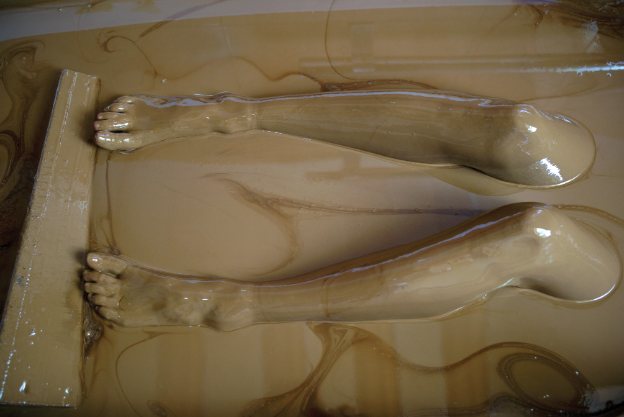
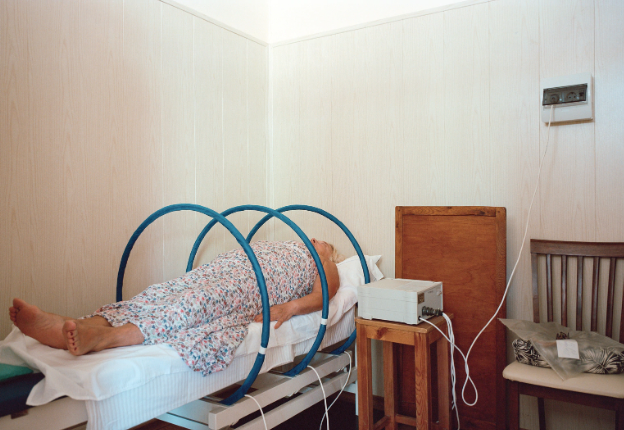
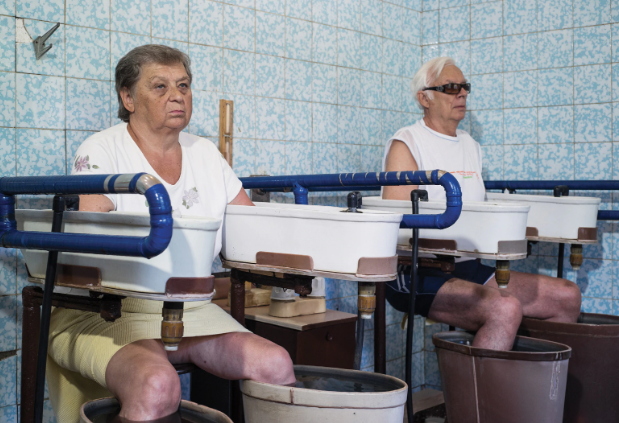
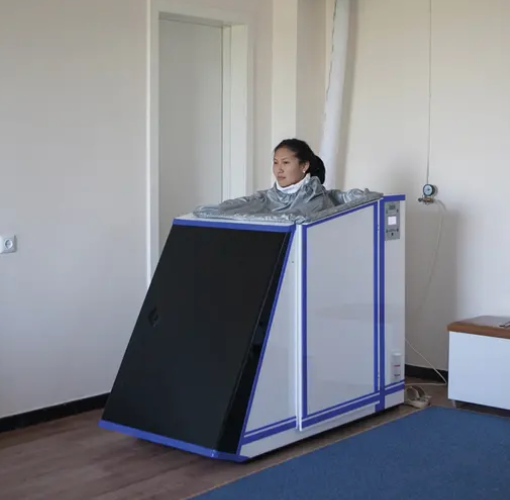

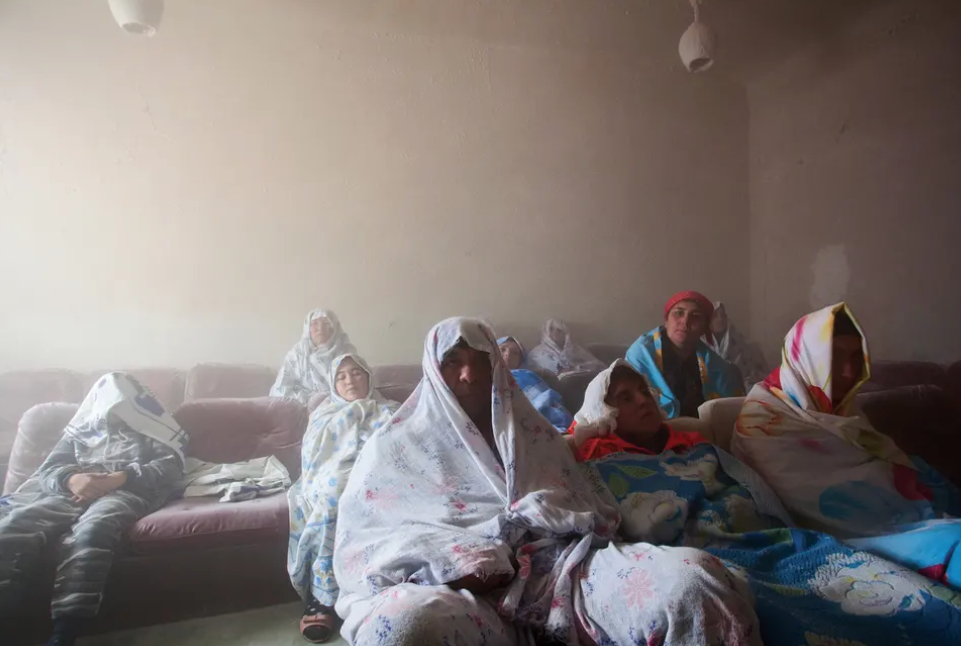
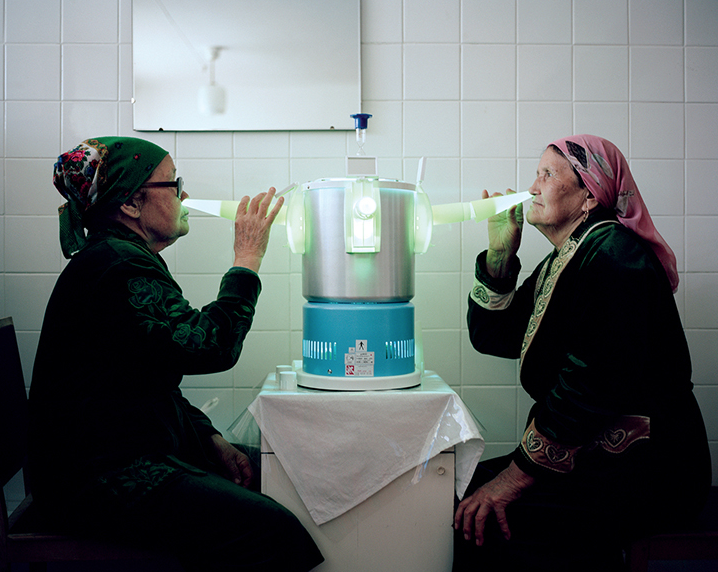
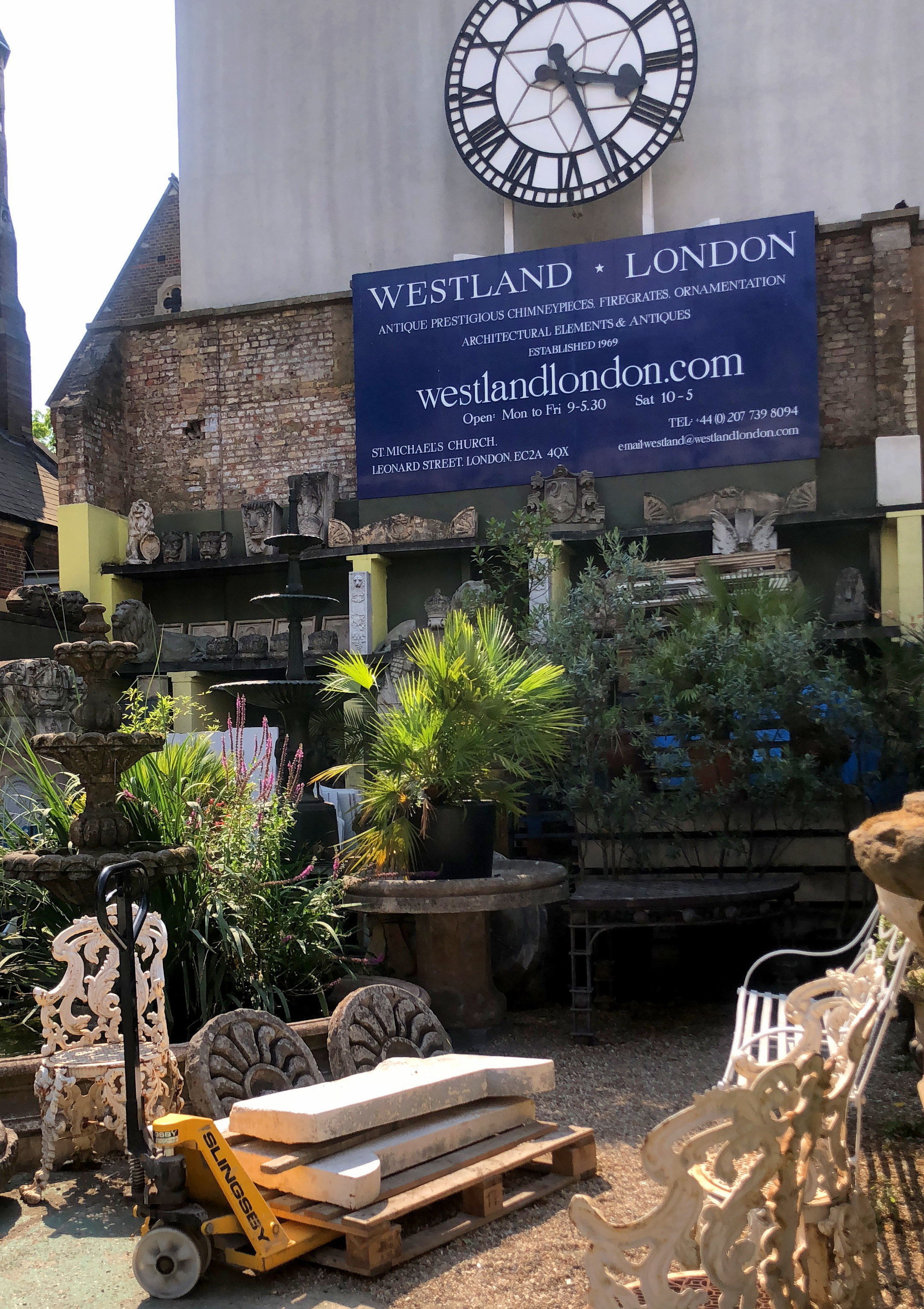
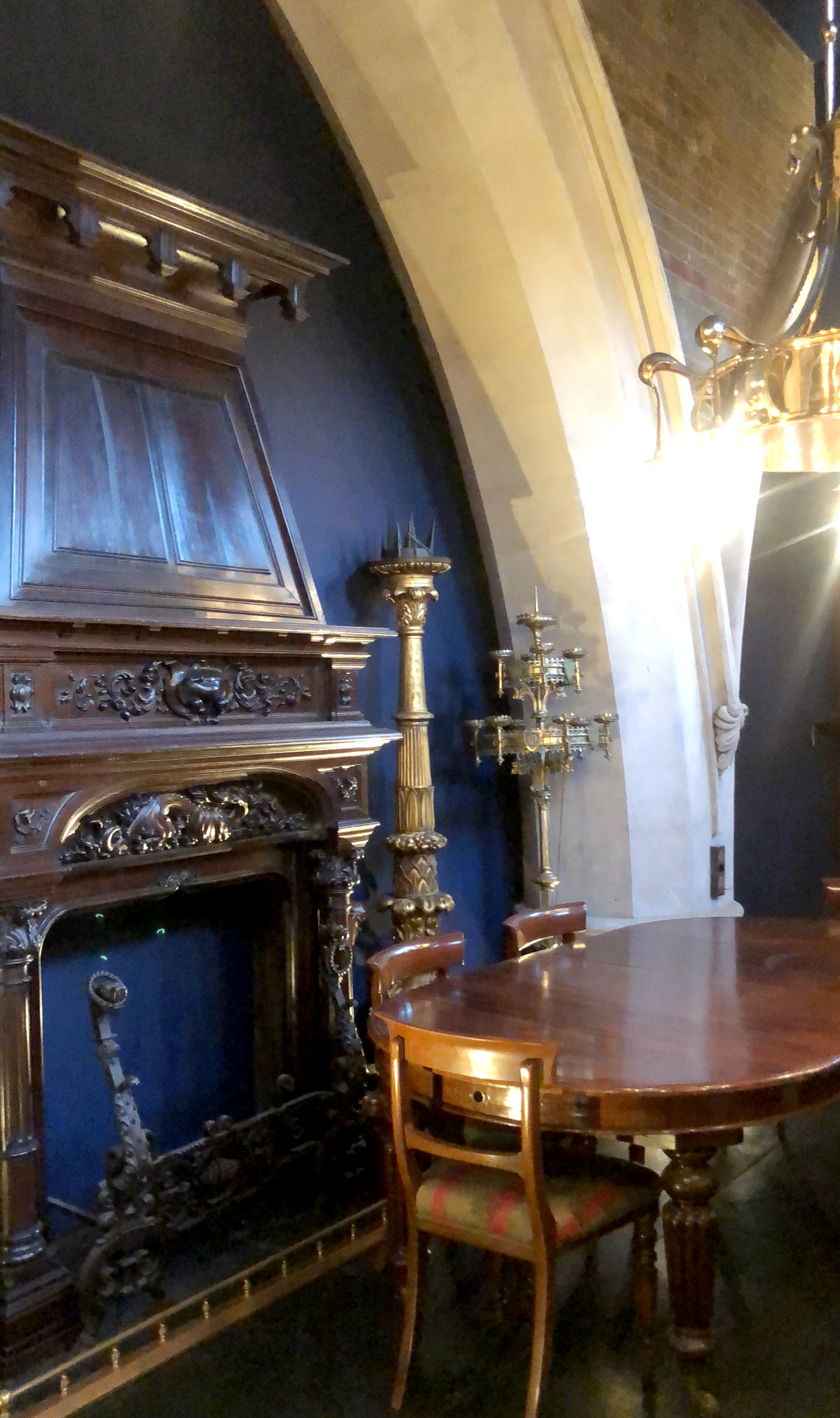
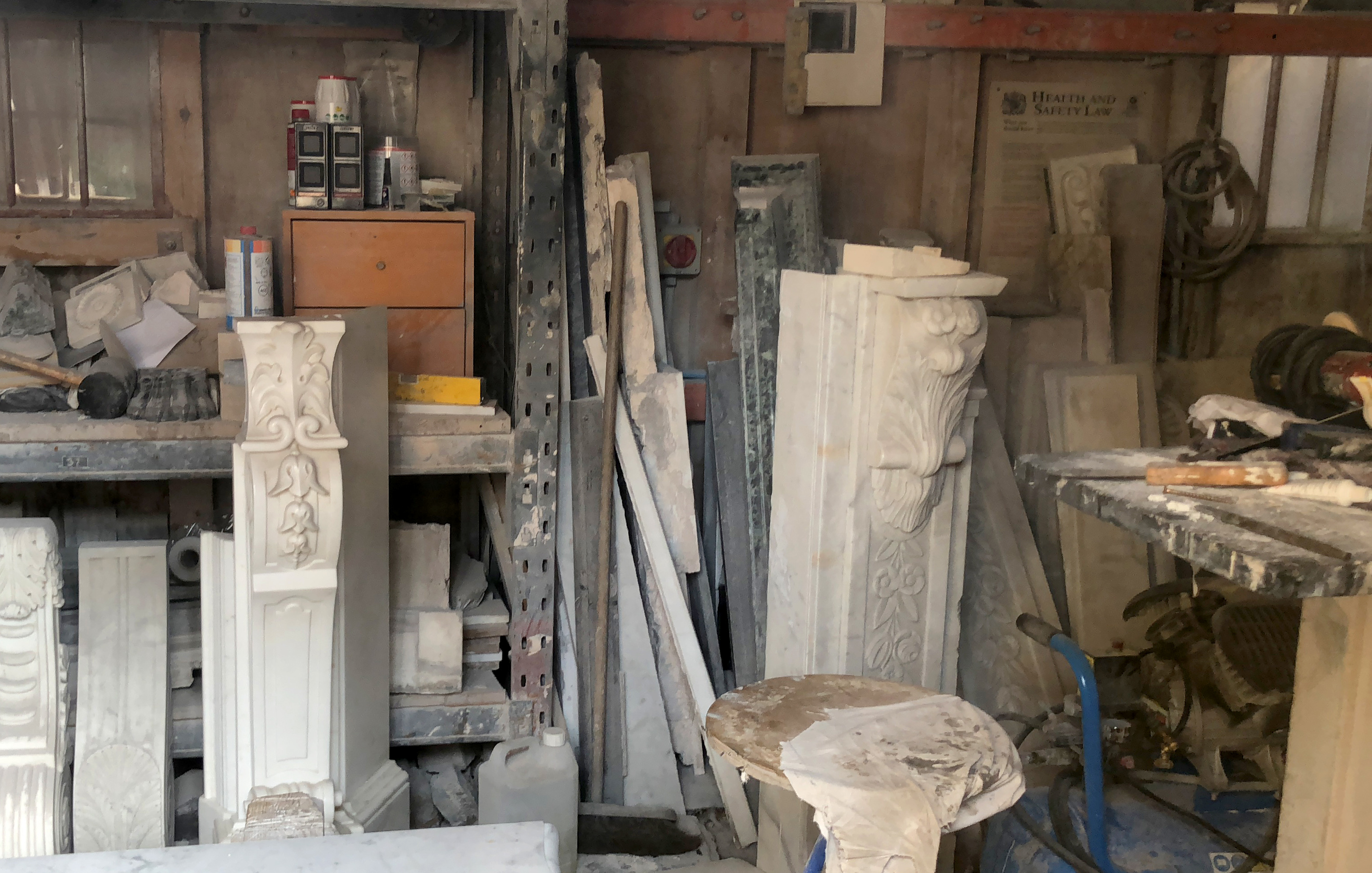


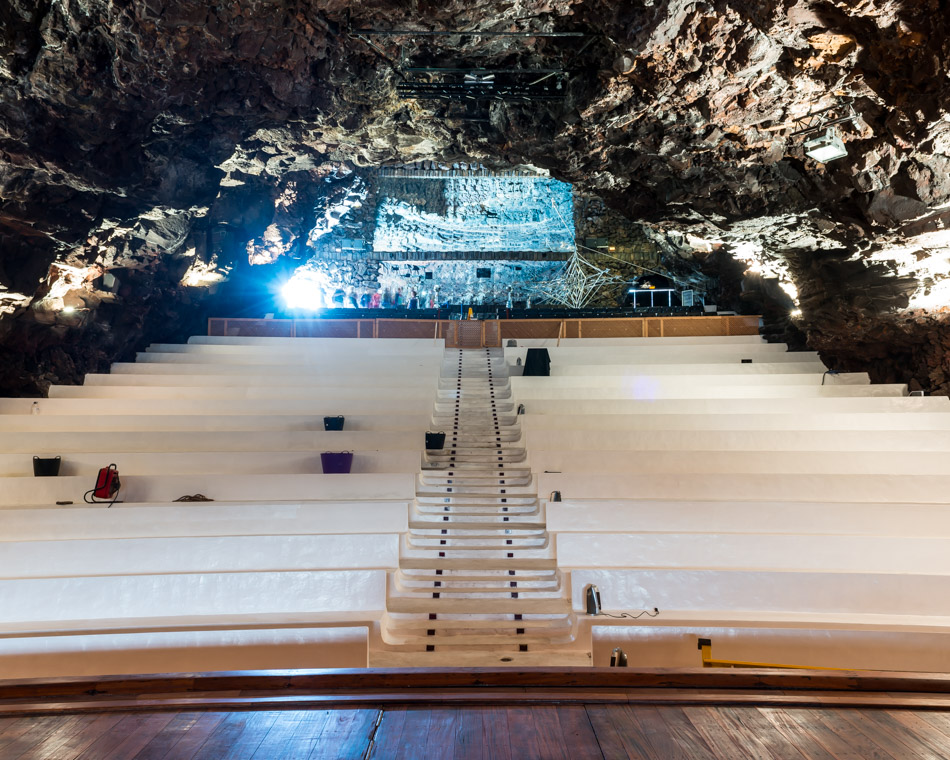
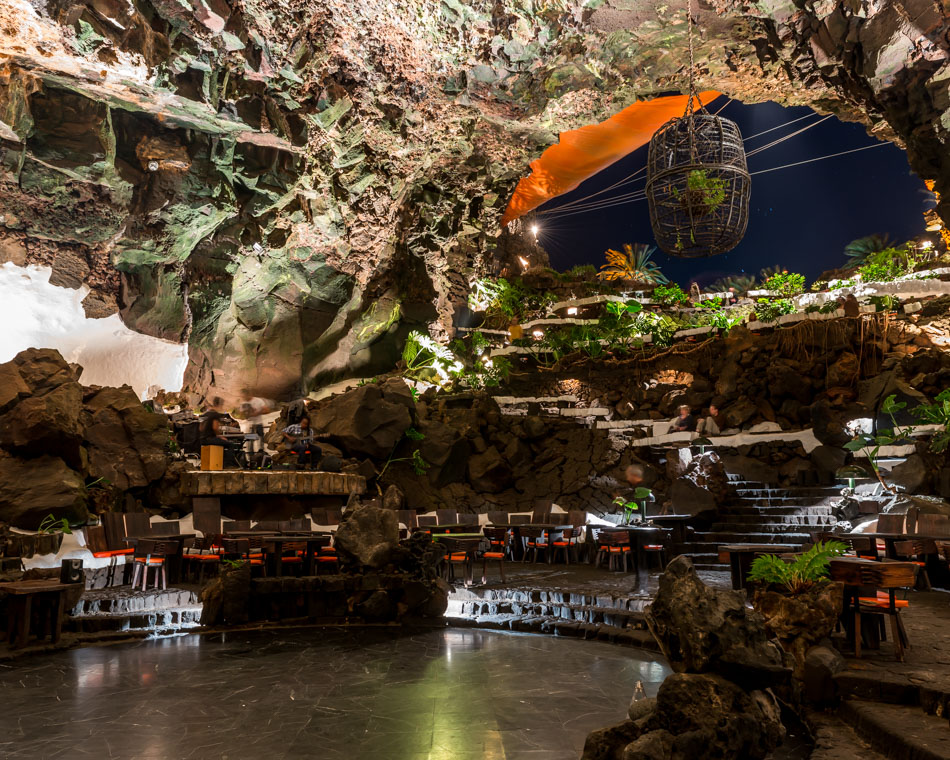
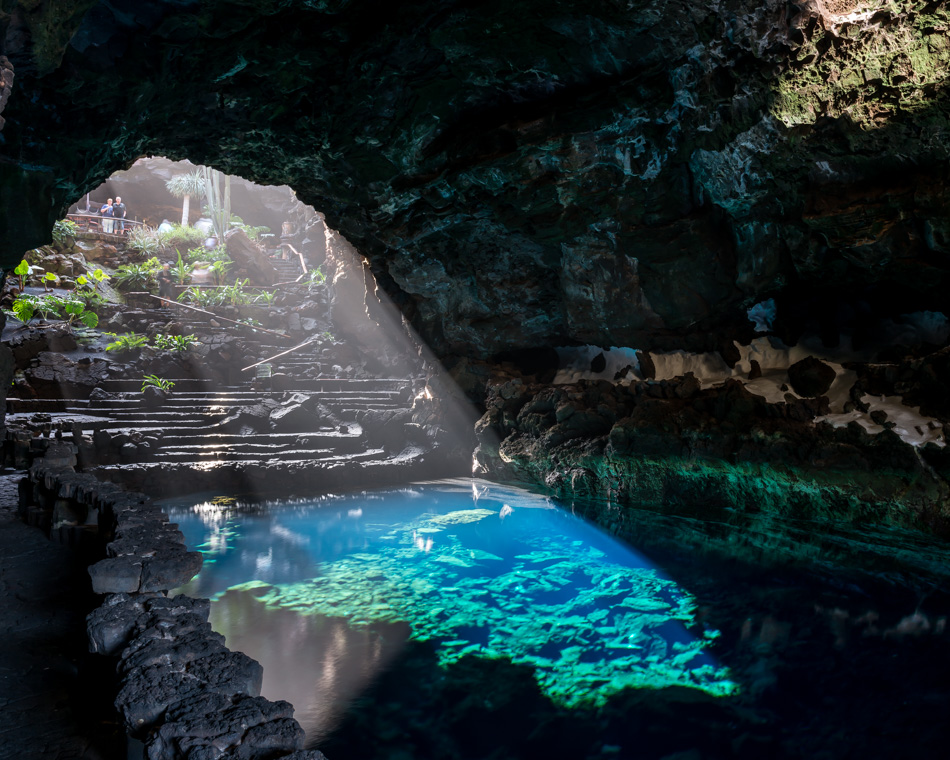
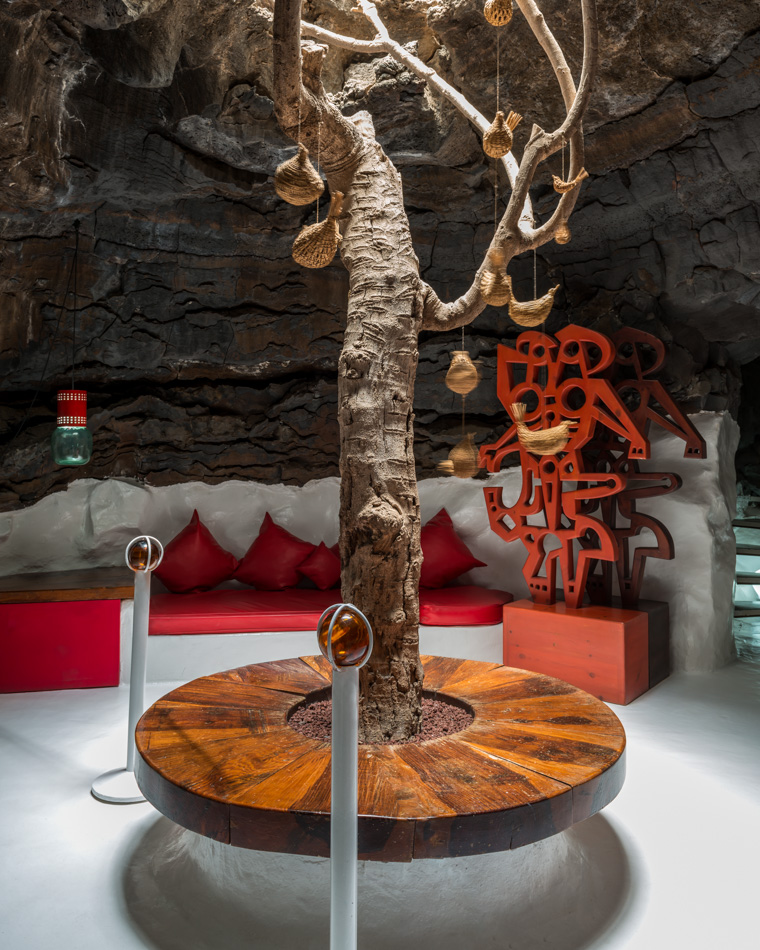
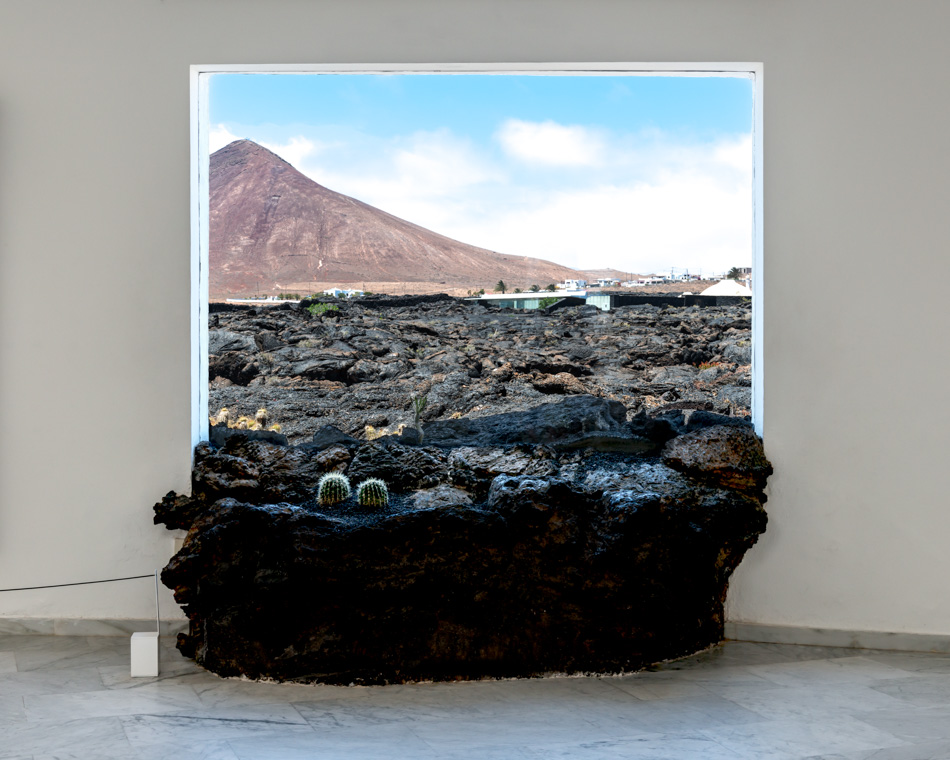 Hello MLE,As you know, I was on the the Canary Islands the past couple weeks. While on the island of Lanzarote, I have come across local artist who is very famous over here, and who more people should know about. I really admire him the more I learn about him and I thought you may like to hear his story.Many people warned me about the Canary Islands: “there are too many greasy busloads of budget holiday makers who have ruined it.” Well, I wanted to see for myself. And I learned that if you take a drive into the interior of Lanzarote, and look at it through the eyes of this local artist (and one of the world’s great tourism innovators) you won’t see a cheap package destination - rather you’ll see what the future was meant to look like.This local artist is Cesar Manrique - who was a true multidisciplinarian: a painter, a sculptor, an architect, a town planner, an ecologist, a landscape gardener and (most interestingly to me) a campaigner.He was born in Lanzarote in 1919 to well-off middle-class family. He studied architecture for a few years before studying fine art in Madrid. After graduating, he lived in New York where he rubbed shoulders with the celebs of the day, including Andy Warhol. He became a very successful artist, with a number of exhibitions in New York - but he chose not stay there. Luckily for Lanzarote, he chose to return. In the 1970s this island was one of the very first places in Europe to introduce package holidays, and his home needed him…In Cesar’s own words: “When I returned from New York, I came with the intention of turning my native island into one of the most beautiful places in the planet, due to the endless possibilities that Lanzarote had to offer… I made it a point to show Lanzarote to the world.”Lanzarote today would be little more than an all-inclusive tourist trap, but it has more than this, and we all have Cesar Manrique to thank. Cesar Manrique is inexplicable without Lanzarote; Lanzarote is also inexplicable without Cesar Manrique.Cesar was one of these people who was deemed eccentric, but he was really only way ahead of his time. For example, he lobbied authorities to develop sensitive “intelligent tourism” - something that was relatively unheard of in the 60s and 70s. In his words: “We had to do things correctly, thinking of the tourists that come here to see what they can’t see in other places.”Thanks to him even today, advertising is strictly controlled: “I think this is the first place in Europe where all the advertisements have been removed from the landscape. I used to go around at night destroying the adverts. We have advertising in the press, on the radio, on TV, and also when you go to see the nature? Enough!”Building is also controlled: Unlike the other islands, Lanzarote is mostly 2 storey, and some 4 storey buildings in the traditional white with green trim. Says Alejandro Gonzalez of the Cesar Manrique Foundation: “…he was trying to educate the local people to build their houses using traditional techniques, reshaping the landscape as they had for hundreds of years instead of using cheap new materials. They were very sceptical at first, but now when you ask any of the old timers about Manrique they will tell you he is a master, a genius.”Finally, unlike most people at the time (and even today), Cesar was deeply concerned about the environment, and felt frightened and pessimistic for the future that he saw being carved out ahead of him.Over time, he peppered Lanzarote with sculptures, fantastical attractions, signs and stunning pieces of architecture:Jameos Del Agua (pictured above), is a volcanic tunnel turned cultural centre that features a concert hall, two dance floors, three bars, an underground lake filled with blind albino crabs, and a swimming pool that only the King of Spain is allowed to swim in.Says Pepin Ramirez, one of Manrique’s childhood friends, who had become a prominent politician: “The Jameos would have been much cheaper to build then, because the skilled labour and knowledge of handcraft was more readily available. Today it would be impossible.”Taro de Tahiche, was Cesar’s private home (also pictured above) between 1968 and 1990. It is dug out of five underground volcanic bubbles, and like so much of his work, sympathetically blends in with it’s natural environment.Cesar faced his biggest challenge in the 80s, when the Canaries really started to become popular as a budget tourist destination. The developers really pushed their way in, and so began a relentless tide of soulless construction that threatened to destroy everything he had worked for.Manrique began protesting at the building sites, lobbying the government and fighting to resist this development. “I don’t have any kind of patriotic romanticism,” he said in the early 90s. “I am a citizen of the world, and we have to have a feeling for the future, not a stupid and provincial mentality. I think the most beautiful feeling is to be a citizen of the world. But there is a speculative mafia in Lanzarote that I hate from the deepest place of my soul. Even Mussolini would not have allowed this fascist architecture, because it is horrible, terrible! But there is hope. Berlin was destroyed during the war, it has been rebuilt into an extraordinary city. Even though we destroy the Canary Islands, there is always hope from people with fantasies, good and enthusiastic people.”The resorts of Puerto del Carmen and Costa Teguise continued to expand regardless of Cesar’s protestations, albeit without the massive high-rise apartment blocks that have plagued the other Canary Islands.After his death, the Fundaçion Cesar Manrique was established to continue Manrique’s work for the island, and in recent years they have brought to light a number of illegally built hotels. However, they have not been able to stop the development of Playa Blanca, the island’s third resort, which has expanded rapidly in recent years. “It used to be just a pretty little fishing village,” explains Jose Amigo, owner of the small rustic hotel Casona de Yaiza in the middle of the island. “But instead of keeping the old town and developing it outwards, keeping the feel of the traditional buildings and creating high quality accommodation, they tore it all down and started to build massive budget hotels. Cesar wanted Lanzarote to be an island where there would be a queue to get in – but how can you create that kind of place when you build hotels that have 800 rooms?”I’m sure if Cesar saw Lanzarote today, he would be very sad about some parts of it. But as soon as you leave those parts, the beautiful island that he helped to create is pretty much as he left it.Suzan
Hello MLE,As you know, I was on the the Canary Islands the past couple weeks. While on the island of Lanzarote, I have come across local artist who is very famous over here, and who more people should know about. I really admire him the more I learn about him and I thought you may like to hear his story.Many people warned me about the Canary Islands: “there are too many greasy busloads of budget holiday makers who have ruined it.” Well, I wanted to see for myself. And I learned that if you take a drive into the interior of Lanzarote, and look at it through the eyes of this local artist (and one of the world’s great tourism innovators) you won’t see a cheap package destination - rather you’ll see what the future was meant to look like.This local artist is Cesar Manrique - who was a true multidisciplinarian: a painter, a sculptor, an architect, a town planner, an ecologist, a landscape gardener and (most interestingly to me) a campaigner.He was born in Lanzarote in 1919 to well-off middle-class family. He studied architecture for a few years before studying fine art in Madrid. After graduating, he lived in New York where he rubbed shoulders with the celebs of the day, including Andy Warhol. He became a very successful artist, with a number of exhibitions in New York - but he chose not stay there. Luckily for Lanzarote, he chose to return. In the 1970s this island was one of the very first places in Europe to introduce package holidays, and his home needed him…In Cesar’s own words: “When I returned from New York, I came with the intention of turning my native island into one of the most beautiful places in the planet, due to the endless possibilities that Lanzarote had to offer… I made it a point to show Lanzarote to the world.”Lanzarote today would be little more than an all-inclusive tourist trap, but it has more than this, and we all have Cesar Manrique to thank. Cesar Manrique is inexplicable without Lanzarote; Lanzarote is also inexplicable without Cesar Manrique.Cesar was one of these people who was deemed eccentric, but he was really only way ahead of his time. For example, he lobbied authorities to develop sensitive “intelligent tourism” - something that was relatively unheard of in the 60s and 70s. In his words: “We had to do things correctly, thinking of the tourists that come here to see what they can’t see in other places.”Thanks to him even today, advertising is strictly controlled: “I think this is the first place in Europe where all the advertisements have been removed from the landscape. I used to go around at night destroying the adverts. We have advertising in the press, on the radio, on TV, and also when you go to see the nature? Enough!”Building is also controlled: Unlike the other islands, Lanzarote is mostly 2 storey, and some 4 storey buildings in the traditional white with green trim. Says Alejandro Gonzalez of the Cesar Manrique Foundation: “…he was trying to educate the local people to build their houses using traditional techniques, reshaping the landscape as they had for hundreds of years instead of using cheap new materials. They were very sceptical at first, but now when you ask any of the old timers about Manrique they will tell you he is a master, a genius.”Finally, unlike most people at the time (and even today), Cesar was deeply concerned about the environment, and felt frightened and pessimistic for the future that he saw being carved out ahead of him.Over time, he peppered Lanzarote with sculptures, fantastical attractions, signs and stunning pieces of architecture:Jameos Del Agua (pictured above), is a volcanic tunnel turned cultural centre that features a concert hall, two dance floors, three bars, an underground lake filled with blind albino crabs, and a swimming pool that only the King of Spain is allowed to swim in.Says Pepin Ramirez, one of Manrique’s childhood friends, who had become a prominent politician: “The Jameos would have been much cheaper to build then, because the skilled labour and knowledge of handcraft was more readily available. Today it would be impossible.”Taro de Tahiche, was Cesar’s private home (also pictured above) between 1968 and 1990. It is dug out of five underground volcanic bubbles, and like so much of his work, sympathetically blends in with it’s natural environment.Cesar faced his biggest challenge in the 80s, when the Canaries really started to become popular as a budget tourist destination. The developers really pushed their way in, and so began a relentless tide of soulless construction that threatened to destroy everything he had worked for.Manrique began protesting at the building sites, lobbying the government and fighting to resist this development. “I don’t have any kind of patriotic romanticism,” he said in the early 90s. “I am a citizen of the world, and we have to have a feeling for the future, not a stupid and provincial mentality. I think the most beautiful feeling is to be a citizen of the world. But there is a speculative mafia in Lanzarote that I hate from the deepest place of my soul. Even Mussolini would not have allowed this fascist architecture, because it is horrible, terrible! But there is hope. Berlin was destroyed during the war, it has been rebuilt into an extraordinary city. Even though we destroy the Canary Islands, there is always hope from people with fantasies, good and enthusiastic people.”The resorts of Puerto del Carmen and Costa Teguise continued to expand regardless of Cesar’s protestations, albeit without the massive high-rise apartment blocks that have plagued the other Canary Islands.After his death, the Fundaçion Cesar Manrique was established to continue Manrique’s work for the island, and in recent years they have brought to light a number of illegally built hotels. However, they have not been able to stop the development of Playa Blanca, the island’s third resort, which has expanded rapidly in recent years. “It used to be just a pretty little fishing village,” explains Jose Amigo, owner of the small rustic hotel Casona de Yaiza in the middle of the island. “But instead of keeping the old town and developing it outwards, keeping the feel of the traditional buildings and creating high quality accommodation, they tore it all down and started to build massive budget hotels. Cesar wanted Lanzarote to be an island where there would be a queue to get in – but how can you create that kind of place when you build hotels that have 800 rooms?”I’m sure if Cesar saw Lanzarote today, he would be very sad about some parts of it. But as soon as you leave those parts, the beautiful island that he helped to create is pretty much as he left it.Suzan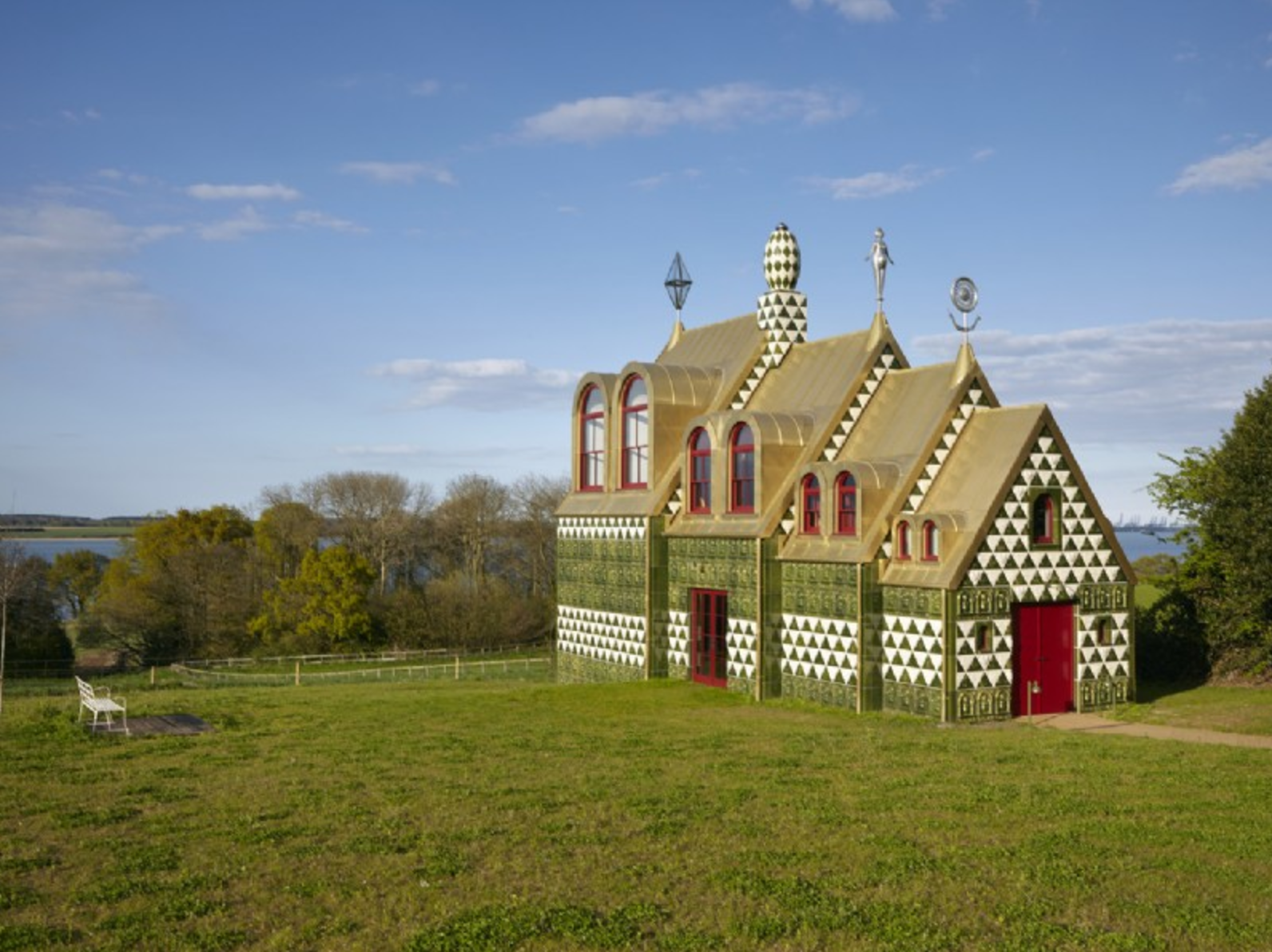
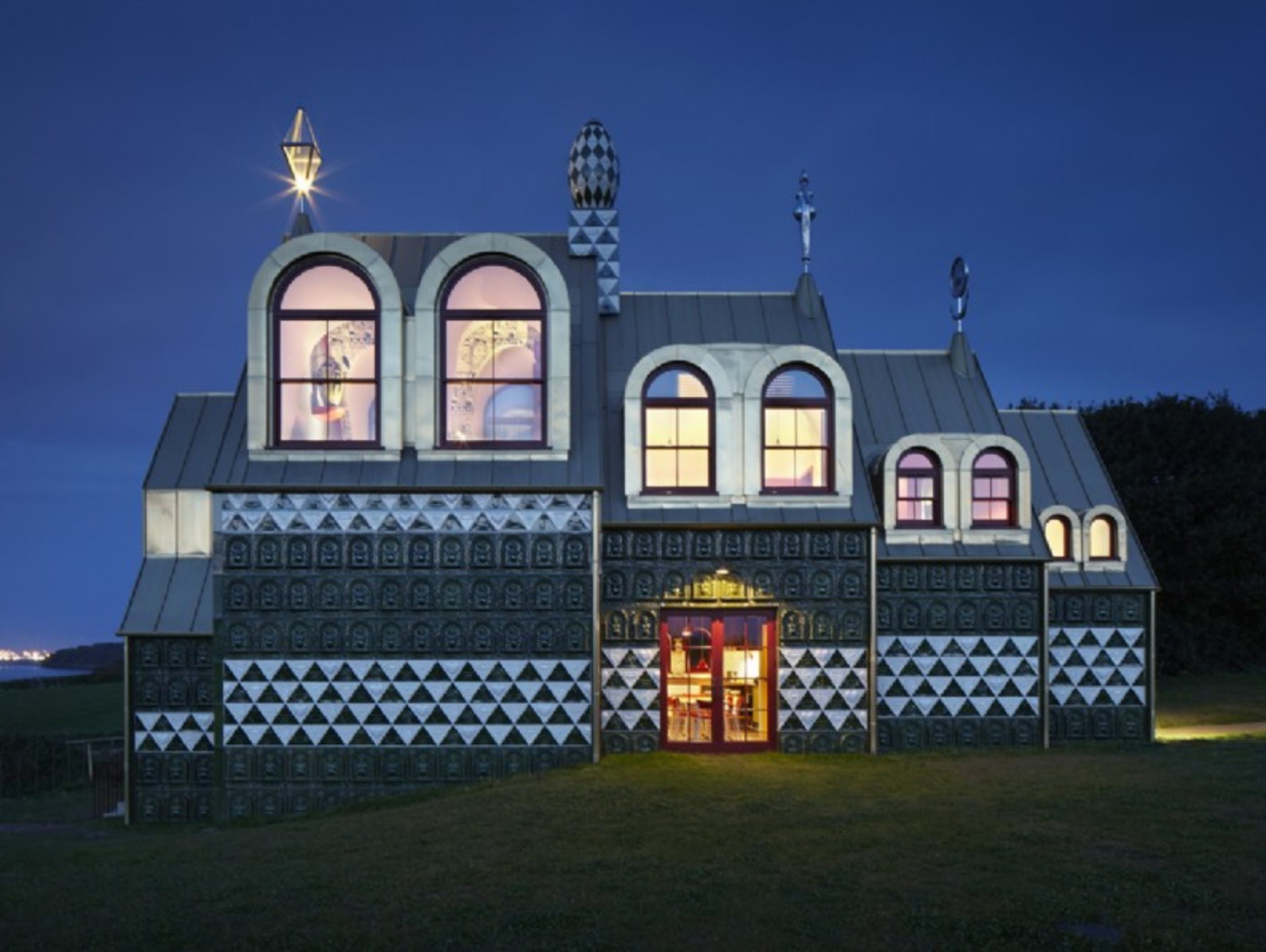
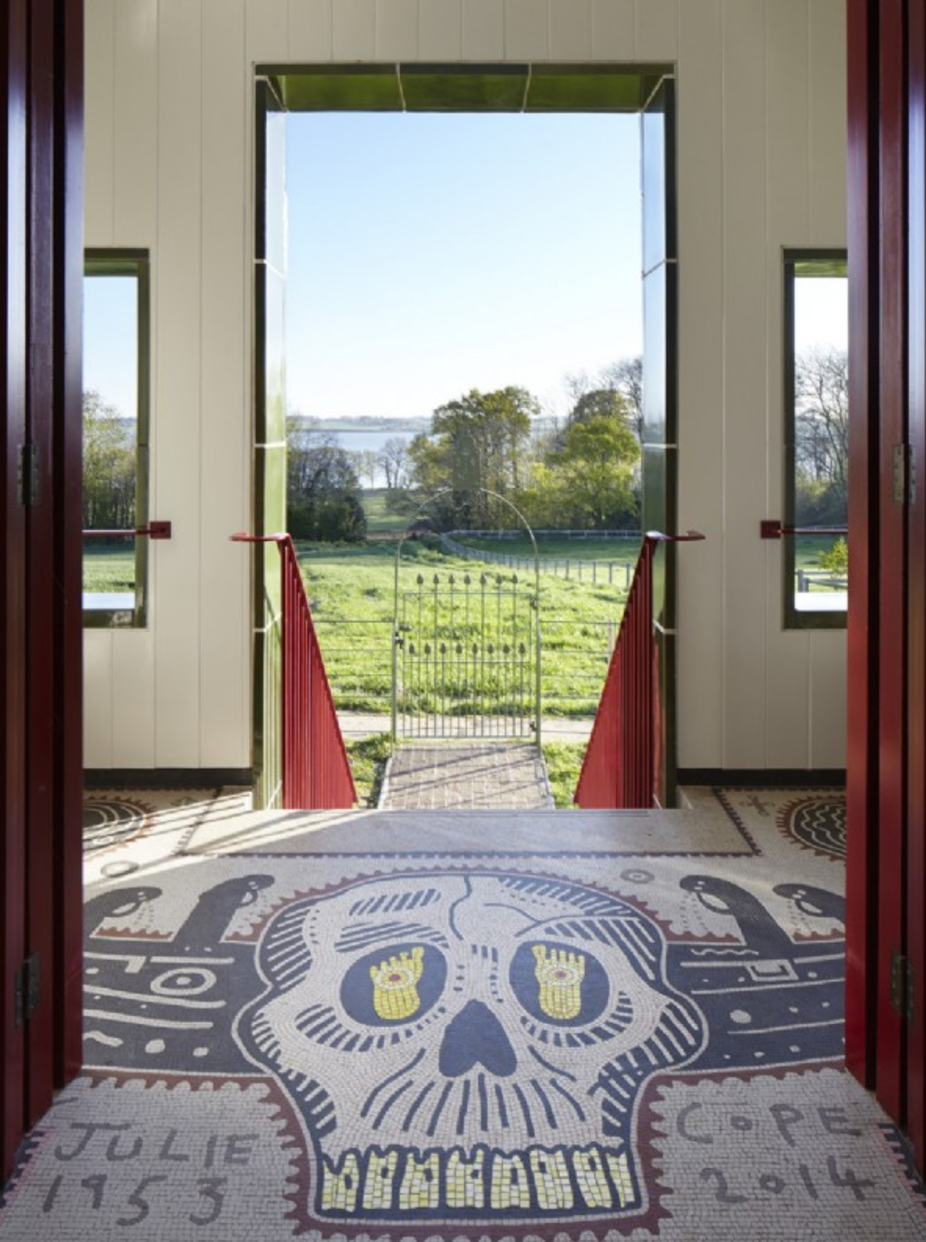
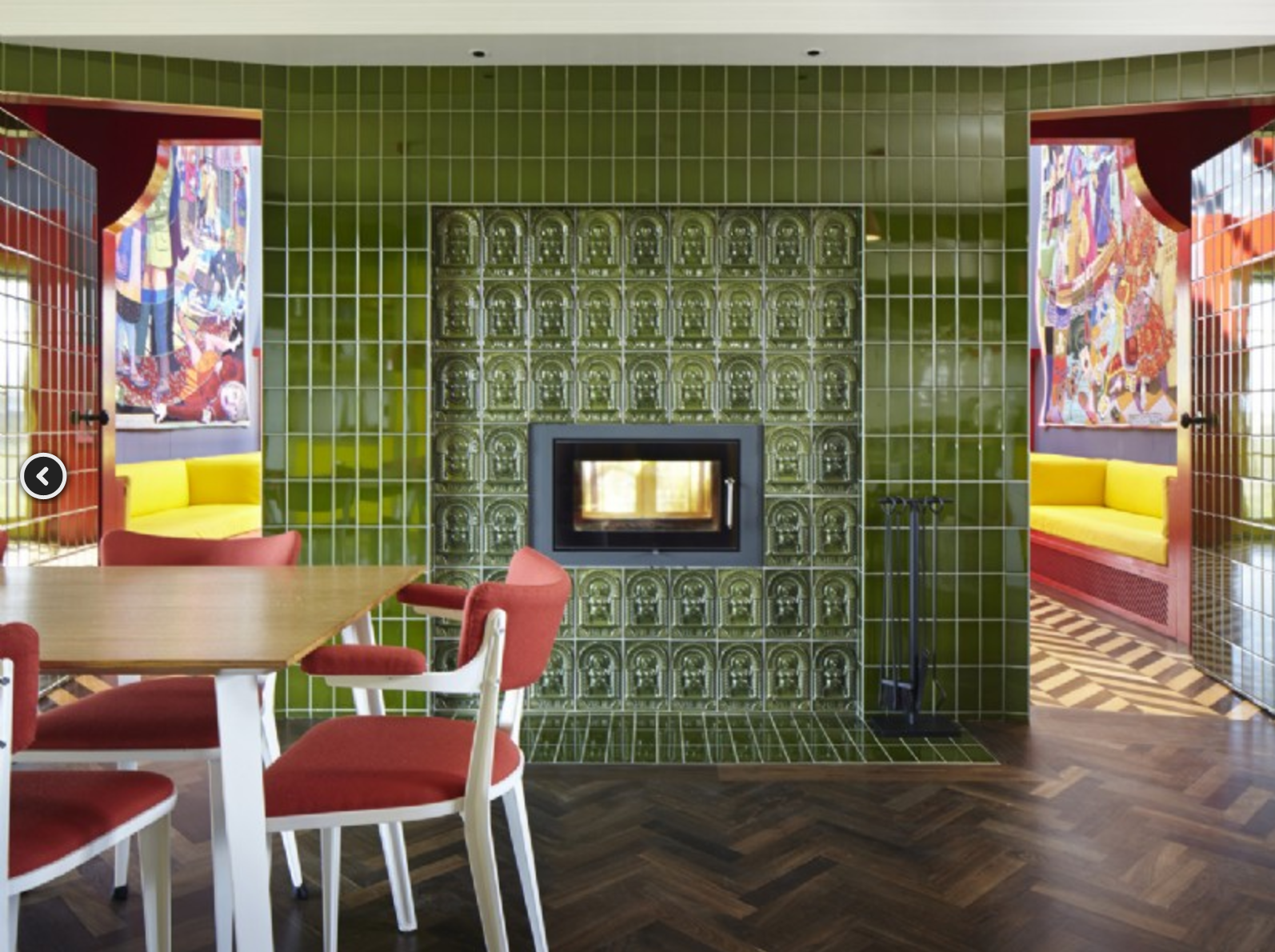 Hi Emelie,
Hi Emelie,





